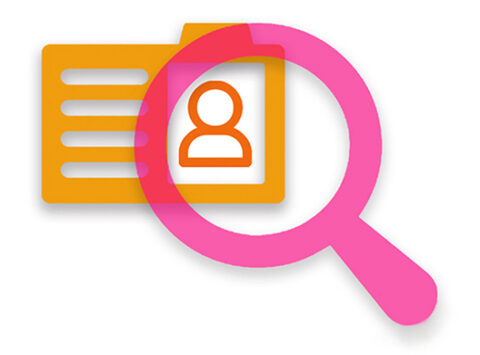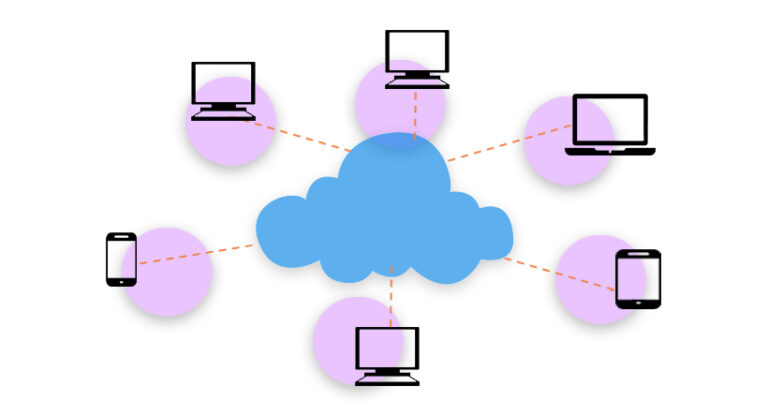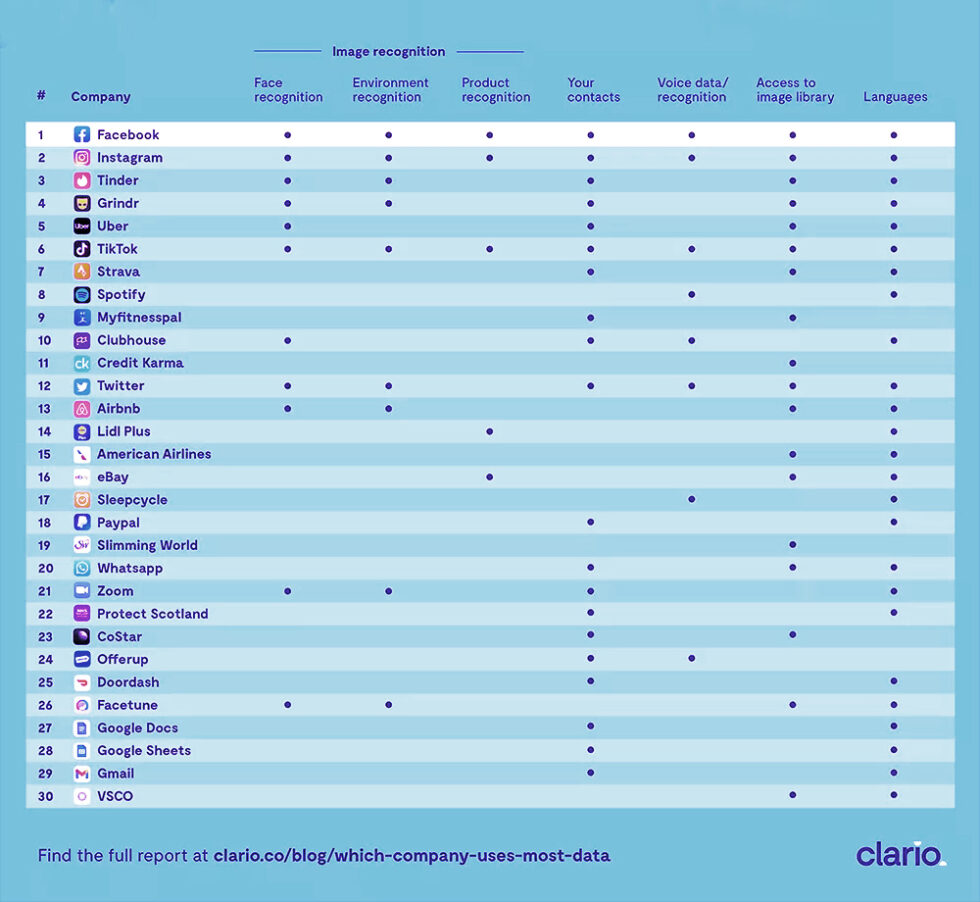
Using Smart Big Data, Analytics
Data Research
NOMINAL DATA
ORDINAL DATA
DISCRETE DATA
CONTINUOUS DATA
Use of existing data
The advantages of using existing data

Universities, research institutes, funders, and publishers require you to make your research data as reusable as possible. This also makes it possible for you to use the data of others. Before you start your project, find out if the data you need is already available or if similar data exists. Then evaluate if the existing data is sufficient to conduct or complement your research. It is worthwhile to use existing data for several reasons:
- It can inspire you to do other measurements.
- You can do a meta-analysis at the end of your project.
- You could save valuable time by not having to collect data and expand your research focus.
- Existing data can save you lots of time in optimizing your specific study design or by simply reusing it.
Where to find data?


Ways to Make Data Analysis More Reliable
1. Improve data collection.
Your big data analysis begins with data collection, and the way in which you collect and retain data is important. Your company can amass huge quantities of data in a short period of time, but not all of that data is relevant for analysis. Start by defining the types of data that are important to your company. Think about the behaviors among shoppers that are of the greatest pertinence to your overall business, so you can hone in on the most useful behavior-related data.
2. Improve data organization.
Once you have a strategy in place for improving data collection, you need a method for storing and managing that data. Meticulous data organization is pertinent for analysis, and it will enable you to remain in control of data quality while improving the efficiency of analysis.
3. Cleanse data regularly.
Dirty data is perhaps the biggest culprit of low-quality data and poor data analysis. Data cleansing is imperative and will help to ensure data analysis is centered around the highest quality, most current, complete, and relevant data.
4. Normalize your data.
When data is collected from a variety of different sources, it often contains inconsistencies or errors in terms of how different words are spelled. For instance, when entering a country name, the United States often appear written out or as U.S or U.S.A. These small derivations can actually have a big impact on data analysis. You need to create a standard for all data to adhere to, so your data remains uniform throughout.
5. Integrate data across departments.
Data silos are like a black fog in the marketing world, sabotaging the analytical efforts of marketers and clouding their view of the customer. You need a data management platform that will make it easy to integrate all departmental data into a single platform, so you can eliminate silos and achieve greater accuracy in data analysis.
6. Segment data for analysis.
If your data is clean, well-organized, and free of silos, but still isn’t making any sense, the next step is to segment your data for a more detailed and focused analysis. Consider what you’re trying to achieve from data analysis and what specific questions you want to answer. Then you can sort data into relevant groupings to analyze trends within the various data subsets. Not only does this make data analysis easier by breaking the information down into smaller, more digestible chunks, but it also improves accuracy, enabling you to hone in on highly specific trends and behaviors.

Data a mining company is a company that performs processes of analyzing data and then converting it into valuable insights that are basics for business decisions.
The key purpose is to discover important data patterns and trends and to transform big data into effective management solutions.
For example, a data mining service provider is able to determine relationships between price, product, customer age, and more.
It enables businesses to uncover the impact on sales and profits.
That’s why data mining can open many doors to success, increased customer satisfaction, and competitive advantages.
3. Cleanse data regularly.
Dirty data is perhaps the biggest culprit of low-quality data and poor data analysis. Data cleansing is imperative and will help to ensure data analysis is centered around the highest quality, most current, complete, and relevant data.
4. Normalize your data.
When data is collected from a variety of different sources, it often contains inconsistencies or errors in terms of how different words are spelled. For instance, when entering a country name, the United States often appear written out or as U.S or U.S.A. These small derivations can actually have a big impact on data analysis. You need to create a standard for all data to adhere to, so your data remains uniform throughout.
5. Integrate data across departments.
Data silos are like a black fog in the marketing world, sabotaging the analytical efforts of marketers and clouding their view of the customer. You need a data management platform that will make it easy to integrate all departmental data into a single platform, so you can eliminate silos and achieve greater accuracy in data analysis.
6. Segment data for analysis.
If your data is clean, well-organized, and free of silos, but still isn’t making any sense, the next step is to segment your data for a more detailed and focused analysis. Consider what you’re trying to achieve from data analysis and what specific questions you want to answer. Then you can sort data into relevant groupings to analyze trends within the various data subsets. Not only does this make data analysis easier by breaking the information down into smaller, more digestible chunks, but it also improves accuracy, enabling you to hone in on highly specific trends and behaviors.
Software Companies

Companies that provide a variety of software products to discover patterns and trends in big data volumes, convert those into actionable solutions, and even predict possible outcomes.
Such products are: predictive analytics software, marketing intelligence tools, data visualization software, content analysis software, machine learning suits, and etc. For the purpose, these software products use specific data algorithms, machine learning, artificial intelligence, and different types of statistical analysis.
Consulting Companies

Not every business has data science specialists who can handle the above software solutions. In many cases, those businesses need to use outsourced services. This is where consulting companies in data mining come to play. The consulting companies offer experts who provide their in-depth knowledge and expertise in big data technology, methodology, and analytics. People with high data scientist skills and talent can leverage the technologies and software products to perform effective data mining activities that bring a difference to your business.
DATA MINING SERVICE

◉ CBIG Consulting Website:www.cbigconsulting.com
◉ EXL Website: www.exlservice.com
◉ WCI Consulting Website: www.wciconsulting.com
Consulting Companies

◉ IBM
◉ Amazon
◉ Cloudera
Clario Blog Each time we visit, engage, and click, brands gather more and more personal information about us.

Did you know 90% of the world’s data was created in the past 3 years?
It’s true.
It’s one of the many takeaways in Simon Data’s 2022 State of Customer Data report (available here).
That statistic alone shows how vital it is to stay on top of the latest consumer data, trends, and habits. This exponential growth means marketers need to keep up… or get left behind.
